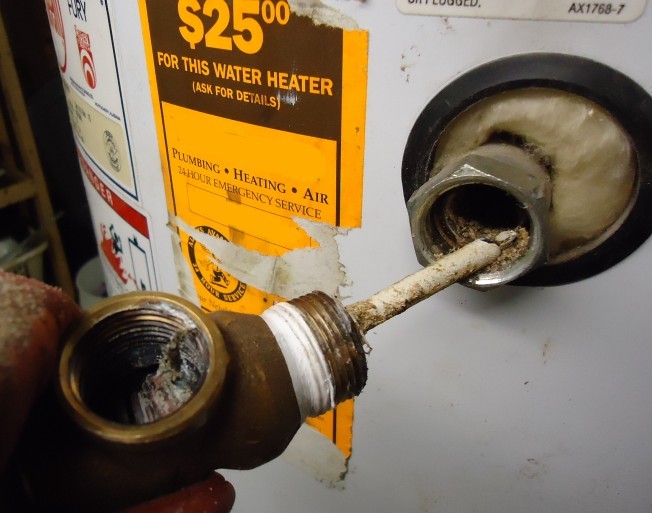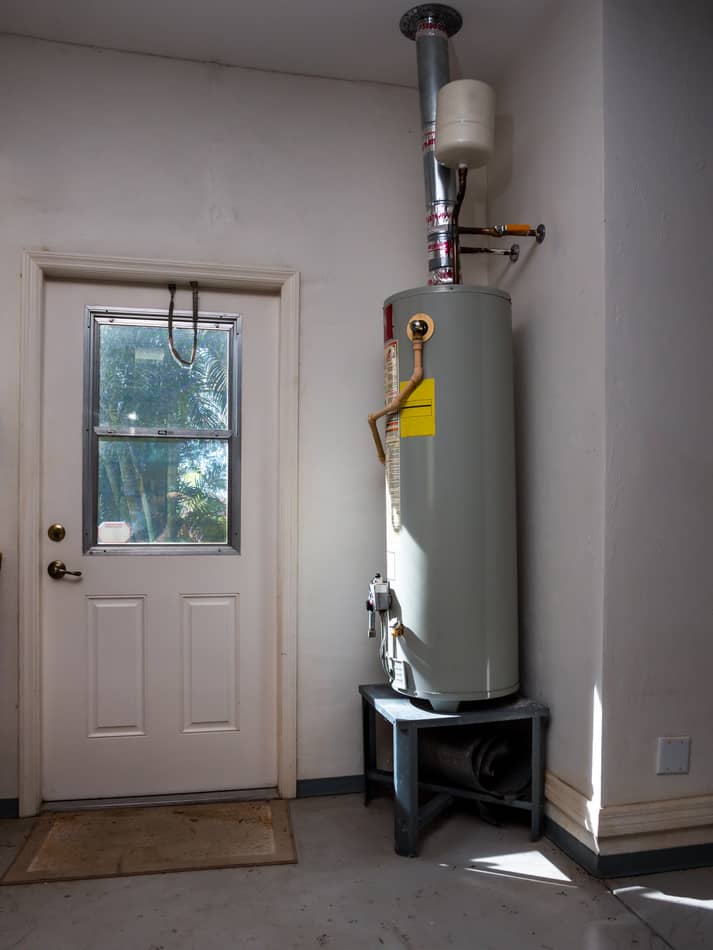This great article following next in relation to Tips on Maintaining a Water Heater is unquestionably stimulating. You should keep reading.

Hot water is essential for day-to-day comfort, whether it's for a revitalizing shower or cleaning meals. To guarantee your hot water system runs successfully and lasts longer, regular upkeep is crucial. This short article gives useful pointers and insights on just how to maintain your home's hot water system to avoid interruptions and costly repair services.
Intro
Maintaining your home's warm water system might appear challenging, yet with a few basic steps, you can guarantee it runs efficiently for many years ahead. This guide covers everything from comprehending your hot water system to do it yourself maintenance ideas and knowing when to call expert aid.
Importance of Preserving Your Warm Water System
Normal maintenance not just extends the lifespan of your warm water system but likewise guarantees it runs effectively. Neglecting maintenance can lead to lowered effectiveness, higher power expenses, and also premature failing of the system.
Indicators Your Warm Water System Needs Maintenance
Understanding when your hot water system needs attention can stop significant concerns. Keep an eye out for signs such as inconsistent water temperature level, weird noises from the heater, or rusty water.
Comprehending Your Warm Water System
Prior to diving into maintenance tasks, it's useful to comprehend the fundamental elements of your warm water system. Commonly, this consists of the water heater itself, pipelines, anode rods, and temperature controls.
Regular Monthly Maintenance Tasks
Routine month-to-month checks can help capture minor problems before they rise.
Flushing the Hot Water Heater
Flushing your hot water heater eliminates sediment accumulation, boosting effectiveness and prolonging its life.
Monitoring and Changing Anode Rods
Anode rods protect against corrosion inside the storage tank. Evaluating and replacing them when worn is important.
Examining and Changing Temperature Level Settings
Changing the temperature level settings guarantees ideal performance and safety and security.
DIY Tips for Maintenance
You can carry out a number of maintenance tasks yourself to keep your hot water system in leading problem.
Looking for Leakages
Frequently check pipelines and connections for leakages, as these can result in water damages and higher costs.
Evaluating Stress Alleviation Valves
Testing the pressure safety valve guarantees it functions properly and stops too much pressure accumulation.
Protecting Pipelines
Protecting warm water pipelines minimizes warmth loss and can save energy.
When to Call a Professional
While do it yourself maintenance is valuable, some concerns need professional experience.
Complicated Problems Needing Professional Aid
Examples consist of significant leakages, electric troubles, or if your hot water heater is regularly underperforming.
Regular Expert Upkeep Advantages
Specialist maintenance can include extensive assessments, tune-ups, and ensuring compliance with safety and security standards.
Verdict
Normal maintenance of your home's warm water system is important for performance, longevity, and expense financial savings. By complying with these tips and understanding when to look for professional assistance, you can make certain a dependable supply of warm water without unanticipated disruptions.
How to Maintain an Instant Hot Water Heater
Before tinkering with your hot water heater, make sure that it’s not powered on. You also have to turn off the main circuit breaker and shut off the main gas line to prevent accidents. Also turn off the water valves connected to your unit to prevent water from flowing into and out of the appliance. 2. When you’re done, you have to detach the purge valves’ caps. These look like the letter “T” and are situated on either side of the water valves. Doing so will release any pressure that has accumulated inside the valves while at the same time avoid hot water from shooting out and burning your skin. 3. When the purge valves’ caps are removed, you have to connect your hosing lines to the valves. Your unit should have come with three hoses but if it didn’t, you can purchase these things from any hardware or home repair shops. You can also get them from retail stores that sell water heating systems. Read the user’s manual and follow it to complete this task properly. When the hosing lines are connected, open the purge port’s valves. 4. You should never use harsh chemical cleaners or solutions when cleaning your unit. Make use of white vinegar instead. It should be undiluted and you’ll probably use about 2 gallons. 5. Now flush your water heater. This task should probably take about 40 minutes. We can’t give you specific directions for this because the procedure is carried out depending on the type, model and brand of your heater. With that being said, refer to the user’s manual. 6. When you’re done draining the unit, you have to turn off the purge port valves again. Remove the hosing lines that you earlier installed on each of the water valves. Put the valve caps (purge port) back in their respective places and be very careful so as not to damage the rubber discs that are found inside these caps. 7. Now that everything’s back in place, check your user’s manual again to find out how to reactivate your water heating system. 8. Once it is working, turn one of your hot water faucets on just to let air pass through the heater’s water supply pipes. Leave the tap on until water flows smoothly out of it. https://www.orrplumbing.com/blog/2014/september/how-to-maintain-an-instant-hot-water-heater/

As a reader about How to Maintain a Hot Water Heater in a Few Simple Steps, I assumed sharing that piece of content was important. Enjoyed reading our blog entry? Please share it. Help somebody else check it out. I cherish your readership.
Book Appointment Now